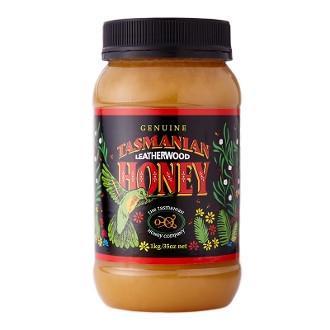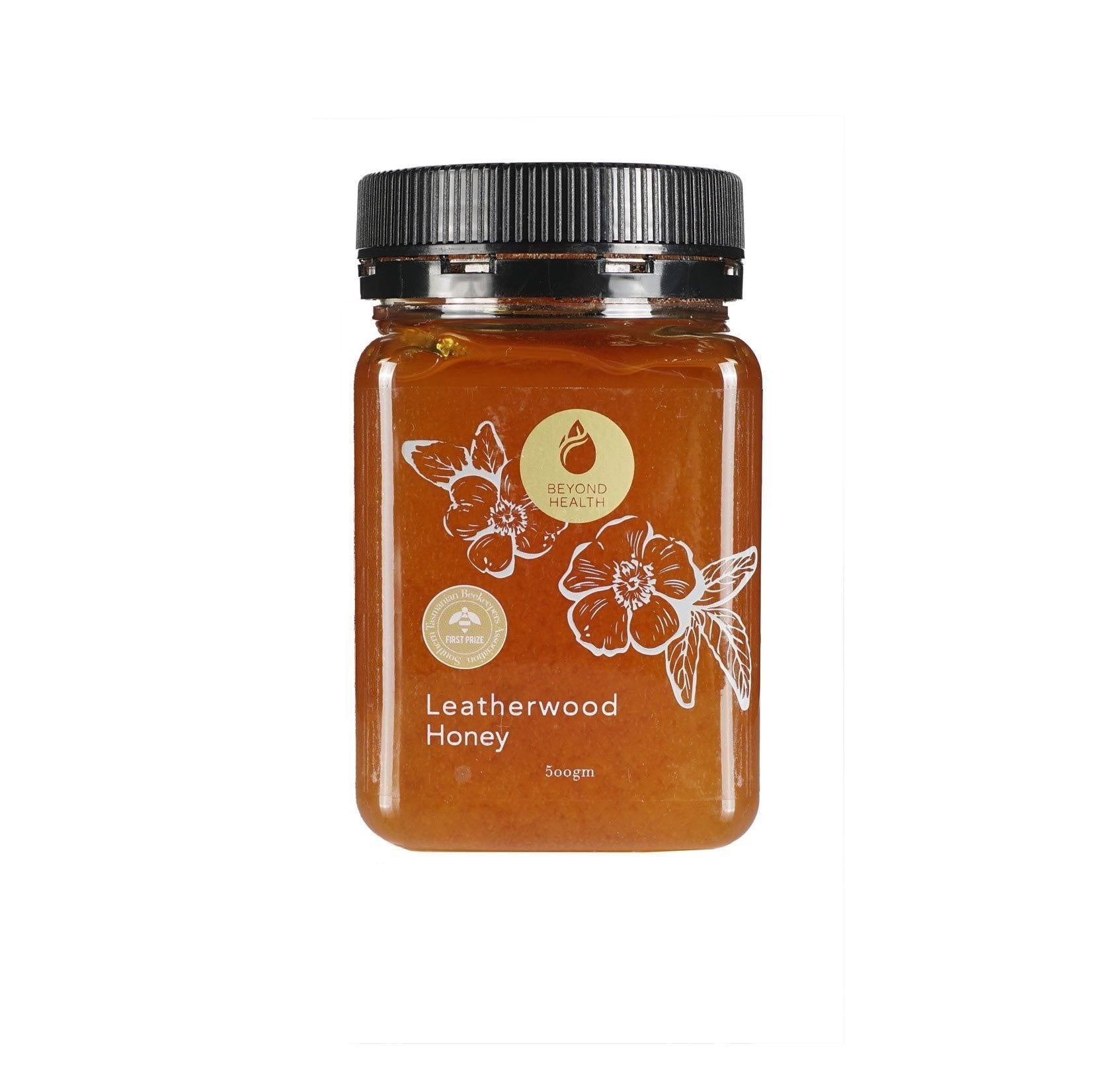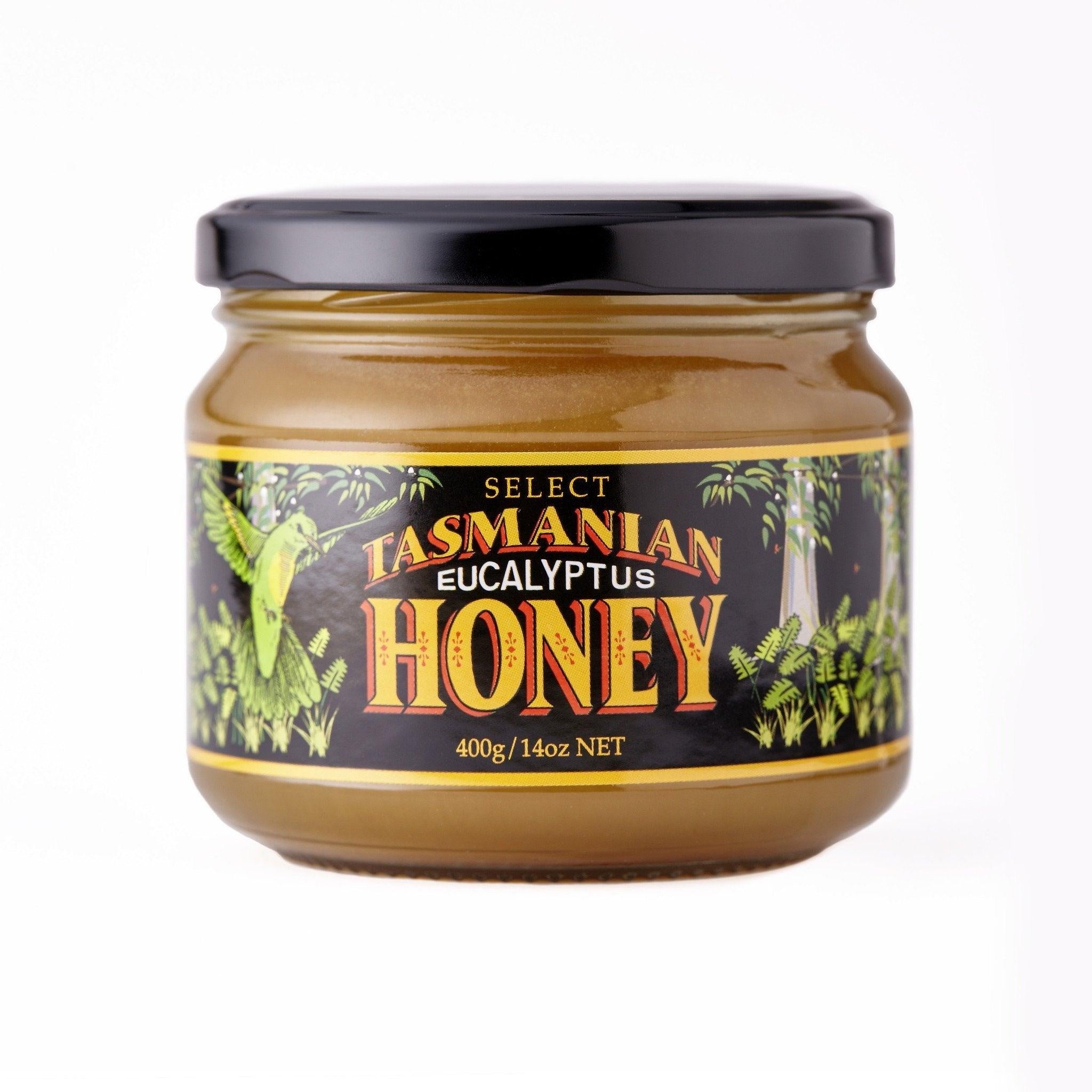Your shopping bag is empty
Best Manuka Honey and How to Identify It
- Posted by: Enquiry Admin
- Comments: 0
- Categories: YES Blog
- Tags:
Manuka honey is a unique type of honey. It is rather popular because that it has antibacterial properties and potential health benefits. Manuka trees, which produces nectar necessary for this honey, is commonly found in Australia and New Zealand. However, not all are the same, and it is essential to choose a high-quality product to ensure you are getting the full potential benefits. In this blog post, we will explore how to identify the best Manuka honey in the market.
-
UMF Certification
When shopping for it, look for products that have been independently certified by the Unique Manuka Factor (UMF) Honey Association. This certification ensures that the honey contains a certain level of Methylglyoxal (MGO) and other beneficial compounds that make this honey unique. The UMF rating system ranges from 5 to 25+, with higher ratings indicating a higher level of antibacterial activity.
-
Manuka Honey MGO Content
Methylglyoxal (MGO) is the key antibacterial compound found in Manuka honey. When choosing, look for products with a high MGO content. The label should clearly state this information. The higher the MGO content, the higher the antibacterial activity of the honey.
-
Raw and Unpasteurized
Raw and unpasteurized Manuka honey contains all the beneficial enzymes and nutrients that make Manuka honey unique. Heating of the honey causes the beneficial components to spoil. Look for products that are raw to ensure you are getting the full potential benefits of Manuka honey.
-
Dark and Thick Texture
When it is dark and thick in texture, it is typically an indication of high antibacterial activity. Also, this indicates that older Manuka flowers produce them, which have a higher concentration of MGO. Indeed, the thicker texture also indicates that the honey has not been heated or processed, which is a good sign of its quality.
-
Source of Origin
The origin is an important indication of its quality. Look for products that are from New Zealand and Australia, where the Manuka tree is native. When they indicate that they are from other countries, it may not have the same level of antibacterial activity or quality.
-
Price of Manuka Honey
It can be more expensive than other types of honey due to its unique properties and limited availability. However, higher price doesn't always equate to higher quality. Be wary of products that are significantly cheaper than others, as they may not be authentic ones.
In conclusion, choosing the best Manuka honey in the market requires some research and attention to detail. By following these guidelines, you can ensure that you are getting a high-quality product that will provide you with the full potential benefits of this wonderful honey.







LEAVE A REPLY
Your email address will not be published. Required fields are marked *